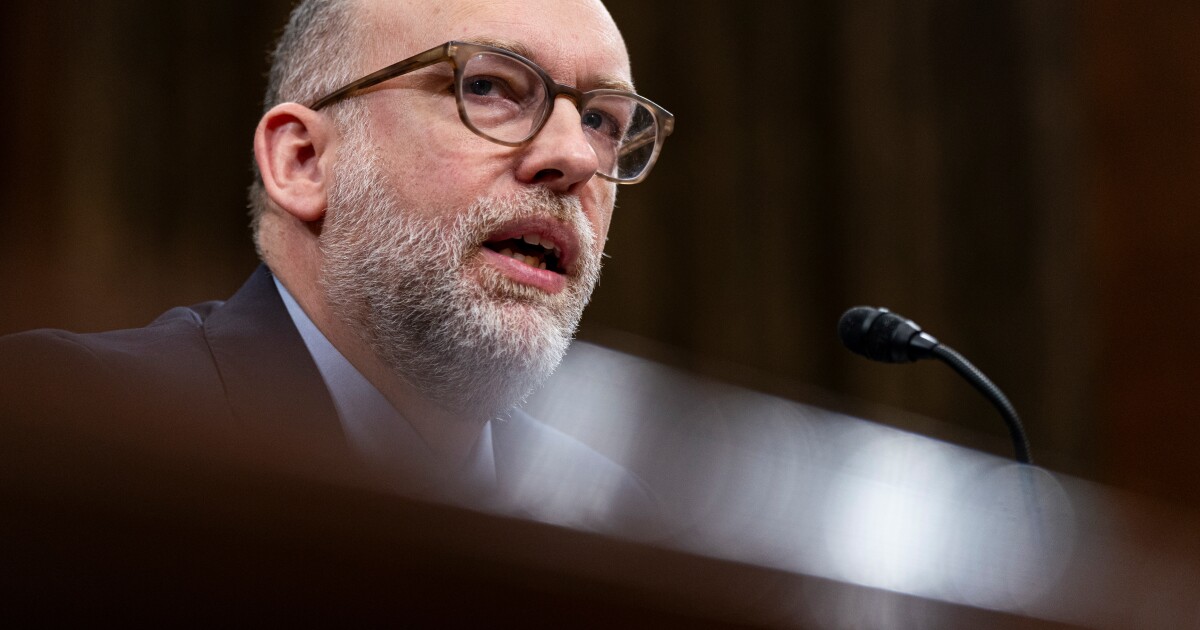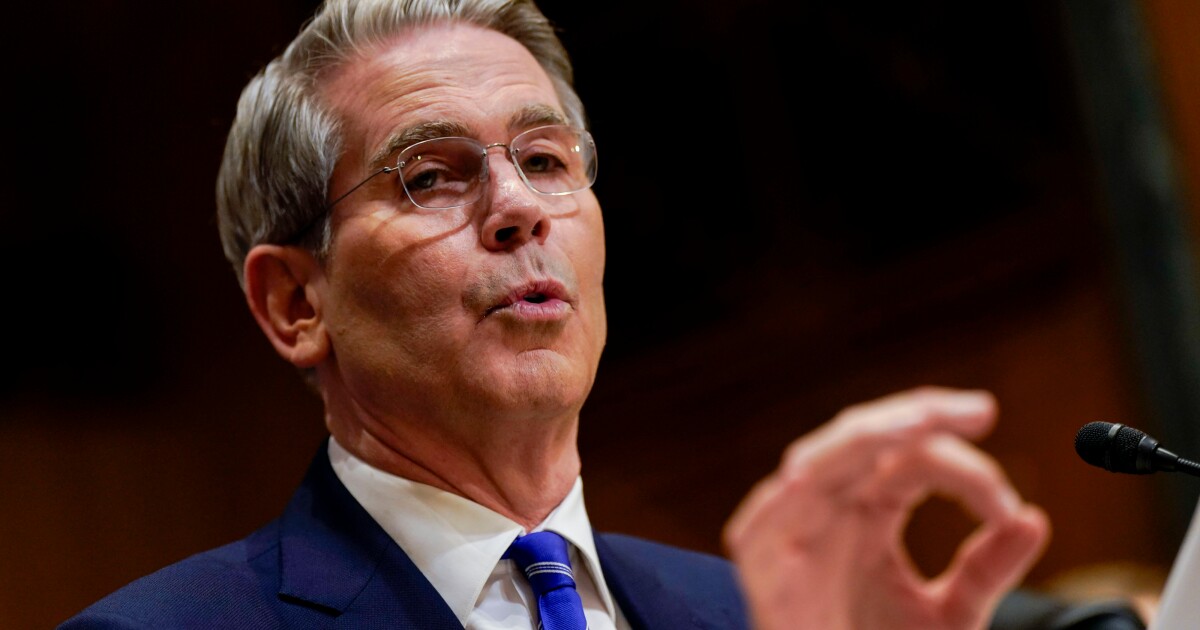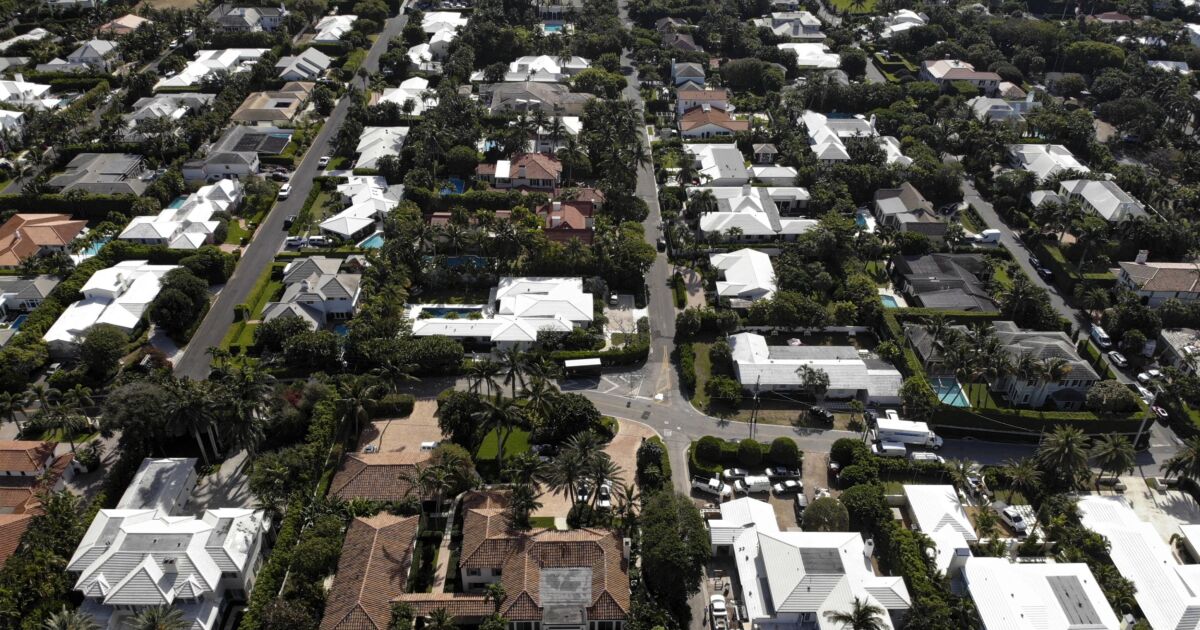
WASHINGTON — The Federal Reserve has shed more than $1 trillion of assets since last year, but officials say their
Fed Chair Jerome Powell said the central bank's
"We're not talking about altering the pace of [quantitative tightening]," Powell said during a press conference following this Wednesday's Federal Open Market Committee meeting.
Since the subprime mortgage crisis of 2008, the Fed has used its balance sheet to influence monetary policy by providing — and now removing — a supply of liquidity to financial markets. It does this through quantitative easing, or buying Treasuries and mortgage-backed securities, and quantitative tightening, allowing those assets to mature and not replacing them.
The size of the central bank's balance sheet has a direct impact on the banking system because it dictates the supply of reserves that banks can hold at the Fed. Banks use reserves as a source of liquidity and a means for settling transactions.
When reserves become scarce, banks tend to hoard them, disrupting monetary policy. Powell said the Fed is not in immediate danger of running into this issue.
"We're not at those levels. With reserves close to $3.5 trillion … there isn't a lot of evidence of that," he said. "But we're watching it carefully and so far it's working pretty much as expected."
Powell added that the Fed plans to wind down its balance sheet more slowly as it approaches scarcity. He noted that FOMC will cut its runoff rate when reserve balances reach a "level somewhat above that consistent with ample," adding that it will stop shrinking the balance reserves that are "just above" the ample standard.
There is no set standard for what constitutes ample reserves, but
Powell said the reduction of assets has been offset by a reduction in liabilities other than reserves, namely through its overnight reverse repurchase agreement facility, which is used primarily by
Powell said decisions around balance-sheet management will be handled separately from the Fed's primary monetary policy tool, the federal funds rate.
"They're on their own independent tracks," Powell said.
He added that balance-sheet reduction can maintain its current pace if rates are cut as part of a "normalization" effort, whereas if rates are cut to stimulate a weakening economy, further quantitative tightening might not be appropriate.
"We have to know what the reason is to know whether it would be appropriate to do both at the same time," he said.
During Wednesday's meeting the FOMC voted to keep the target range for its benchmark interest rate between 5.25% and 5.5%, where it has been since July. The move was broadly expected by financial market participants. The committee also signaled that it is finished tightening monetary policy and will likely begin cutting interest rates next year. Stock markets responded exuberantly to the development, with several major stock indexes rallying Wednesday afternoon. The Dow Jones Industrial Average, S&P 500 and Nasdaq all closed at 52-week highs.
Powell attributed the committee's revised outlook to data analysis that shows a slowdown in economic activity and a moderation of job gains in recent months that indicate elevated interest rates are doing what the Fed intended them to do.
"We are seeing strong growth that appears to be moderating," he said. "We're seeing a labor market that is coming back into balance by so many measures, and we're seeing inflation making real progress. These are the things we've been wanting to see. We still have a ways to go. No one is declaring victory. That would be premature."
The committee's quarterly summary of economic projections — a survey of Fed governors and reserve bank presidents on a variety of economic indicators — shows that all but two participants expect to cut rates in 2024. Fifteen of the 19 respondents expect the midpoint of the target range to be somewhere between 4.375 and 4.875 next year. Such a shift would correspond with at least three cuts of 25 basis points.
The survey was the first projection to register no future expected rate increases since the Fed began hiking interest rates in March 2022. Overall expectations for interest rates in 2025 and 2026 were also lower this quarter than last.
Still, Powell emphasized that the rate of inflation remains above the Fed's 2% target. He added that projections merely capture the views of participants at a moment in time and should not be seen as a commitment to any specific future actions.
"That isn't a plan — that's just cumulative numbers of what people wrote down," Powell said. "We don't debate whose [summary of economic projections] is right, we just say what they are."



